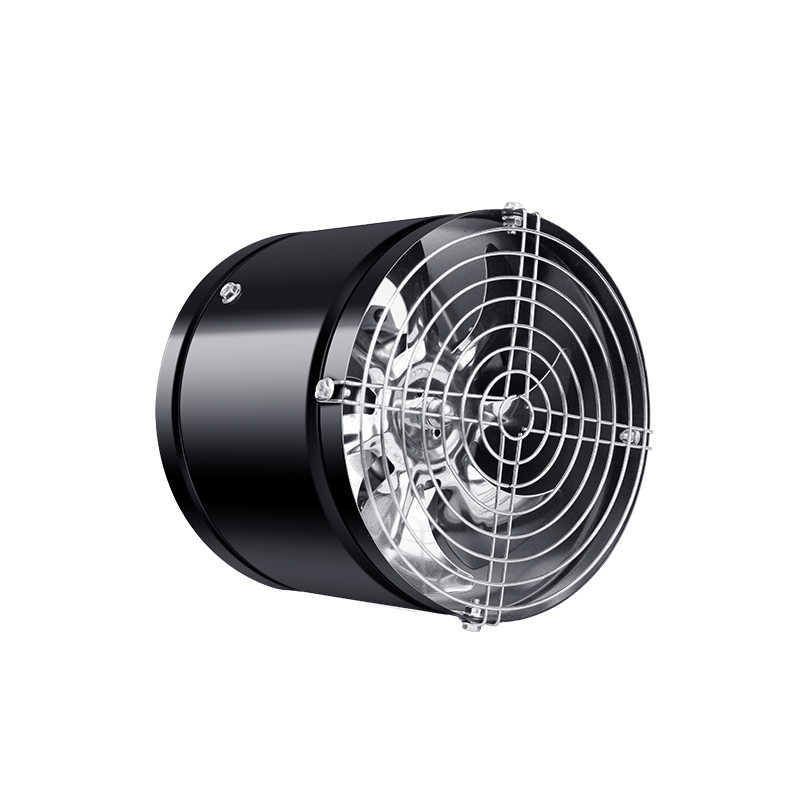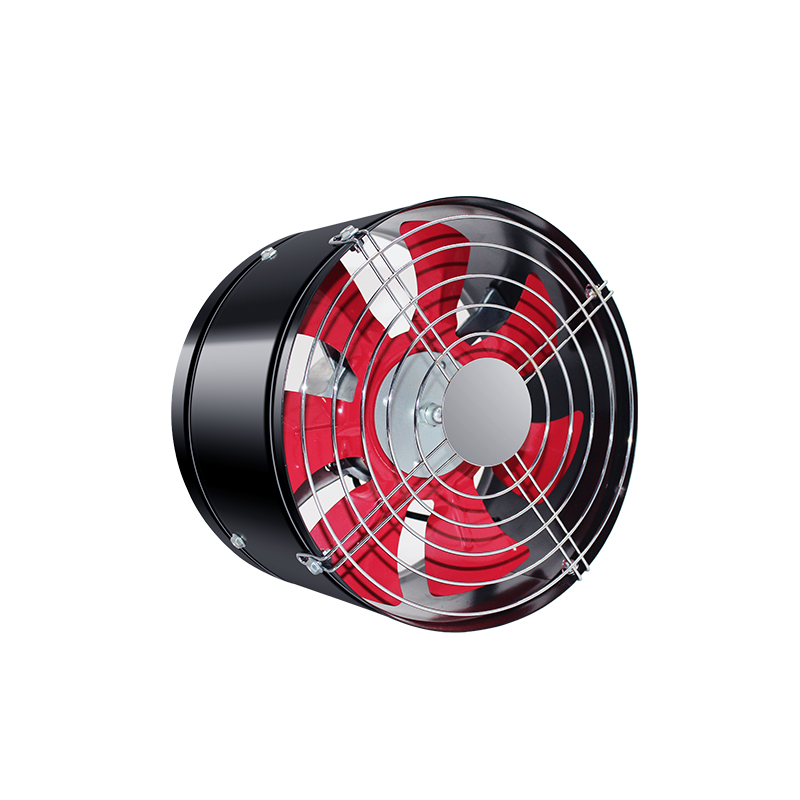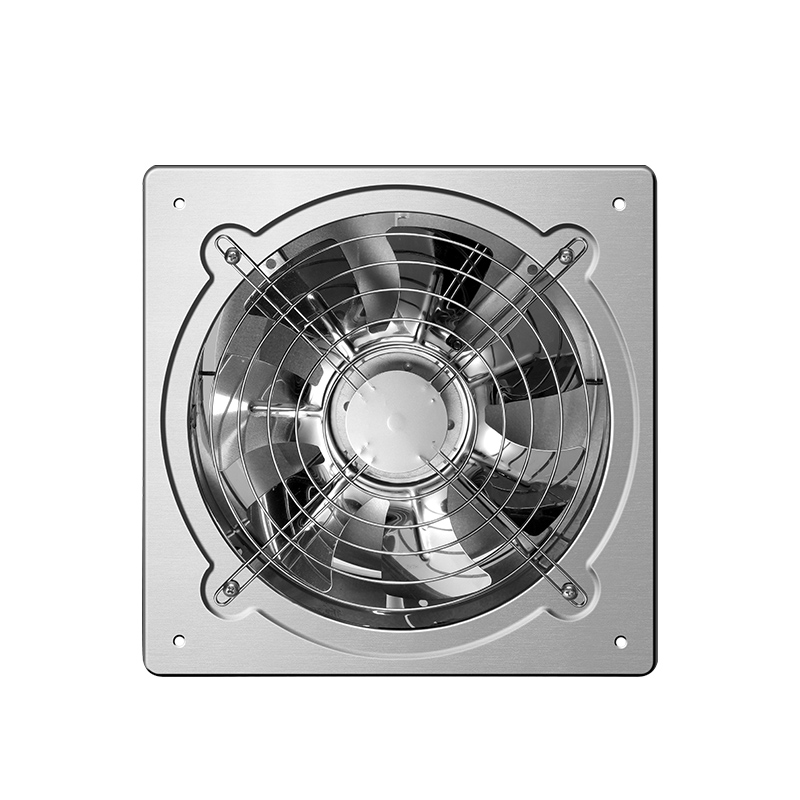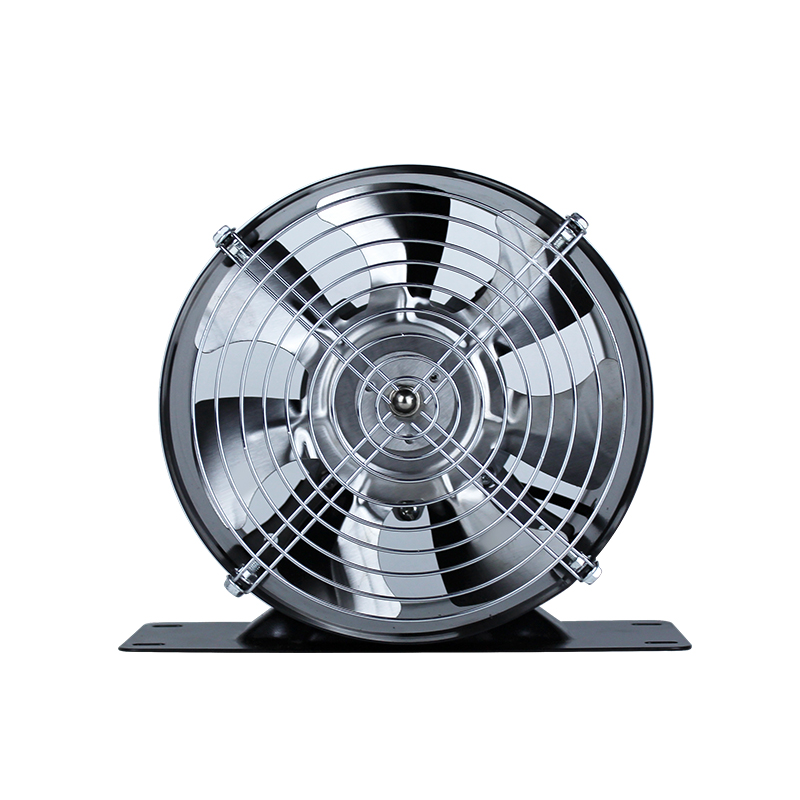News
Revealing the core of efficient ventilation - a comprehensive and in-depth analysis of ducted ventilation fans
- 1 What is a ducted ventilation fan? Take you to understand its magical "pulmonary artery"
- 2 A big comparison of different duct fan types: which one is the best?
- 3 Design strategy: How to create an efficient, energy-saving and silent duct fan system?
- 4 Application record: How do duct fans help commercial, industrial and home environments?
- 5 Full guide to installation and maintenance, extending equipment life cannot be ignored
-
What is a ducted ventilation fan? Take you to understand its magical "pulmonary artery"
1.1 Definition of ducted fan: the power heart of air flow
Ducted ventilation fans (Ducted Ventilation Fans) are ventilation equipment installed in the duct system. It is driven by mechanical energy to push air to flow in the duct to achieve air transportation, ventilation and discharge. It is similar to the arteries in the human lungs and is the "power heart" of building air circulation and quality management.
Compared with ordinary floor-standing or wall-mounted fans, ducted fans can connect complex duct networks and transport air to multiple spaces over long distances to achieve partitioned ventilation control and precise air management.
1.2 Working principle: the magic of centrifugal and axial air flow
The core component of the duct fan is the fan impeller. When the motor rotates, the impeller rotates to drive the air movement, generating airflow and wind pressure. The design of the duct system guides the airflow to ensure smooth air flow.
Common working modes are:
Axial flow fan: The airflow is blown out along the axis of the impeller, with large air volume but low air pressure, suitable for low-resistance ventilation occasions.
Centrifugal fan: The airflow first enters the impeller vertically and then is discharged radially, generating high air pressure, suitable for long-distance or complex air ducts.
Mixed flow fan: Combining the advantages of both, taking into account the requirements of air volume and air pressure.
By rationally configuring the fan type and pipeline layout, the duct fan system can achieve efficient and energy-saving air circulation.
1.3 The importance of duct fans
With the improvement of building sealing and the improvement of indoor air quality awareness, the importance of duct fans has become increasingly prominent. It is not only the power source of the ventilation system, but also directly affects the air quality, comfort and energy efficiency.
Diagonal Flow Booster Powerful Duct Fan Industrial Exhaust Fan
-
A big comparison of different duct fan types: which one is the best?
2.1 Axial flow duct fan: a master of large air volume and low air pressure
Axial flow fans have a simple structure, the impeller is similar to a propeller, and the airflow is blown out along the axis. It is suitable for environments with low resistance, such as large factories and workshops with high-top ventilation.
Advantages: large air volume, flexible installation, low noise, relatively low energy consumption.
Disadvantages: limited wind pressure, cannot meet the needs of complex or long-distance ducts.
2.2 Centrifugal duct fan: the nemesis of duct resistance
The impeller of the centrifugal fan is semi-open or closed, and the air is thrown outward after entering, generating higher pressure. Suitable for complex pipelines, long-distance transportation and occasions where high wind resistance needs to be overcome.
Advantages: high wind pressure, wide range of applications, stable efficiency.
Disadvantages: large size, complex structure, higher energy consumption and noise than axial flow fans.
2.3 Mixed flow duct fan: an ideal choice for both
The impeller design of the mixed flow fan combines axial and centrifugal characteristics, and the airflow direction has both axial and radial components. The wind pressure and air volume are balanced, suitable for medium resistance systems.
2.4 Roof duct fan: outdoor exhaust expert
Usually installed on the roof, adapted to the outdoor environment, with waterproof, anti-corrosion and dustproof functions. Commonly used in kitchens, bathrooms and industrial exhaust.
-
Design strategy: How to create an efficient, energy-saving and silent duct fan system?
3.1 Fan selection: Scientific calculation of air volume and air pressure
Accurate calculation of air volume and air pressure is the basis for selection. Air volume (m³/h) determines the air circulation capacity, and air pressure (Pa) reflects the ability to overcome the resistance of the duct. When selecting, the actual building area, purpose, personnel density and exhaust requirements should be combined to avoid blindly increasing power and causing waste.
3.2 Duct design: Reasonable layout to reduce pressure loss
The duct should use smooth inner wall materials (such as galvanized steel plates, stainless steel or aluminum alloys), and avoid sharp elbows, sudden diameter changes and other structures to minimize air flow turbulence and pressure loss.
Reasonable duct diameter, elbow radius and direction design can significantly improve the overall efficiency of the system.
3.3 Noise control: guarantee of a quiet environment
The main sources of noise include motor vibration, impeller airflow noise and pipeline resonance. Use elastic shock-absorbing brackets to reduce vibration transmission, and install silencers and sound insulation materials to effectively reduce noise. The impeller is designed with an optimized aerodynamic shape, which can also reduce operating noise.
3.4 Energy-saving technology: variable frequency speed regulation and high-efficiency motor
The frequency converter automatically adjusts the fan speed according to real-time needs to avoid full-load operation and reduce energy consumption. The high-efficiency permanent magnet synchronous motor is used, and the efficiency is 5-10% higher than that of traditional motors.
-
Application record: How do duct fans help commercial, industrial and home environments?
4.1 Commercial complexes: creating a comfortable and pleasant space environment
Shopping centers, office buildings, hotels and other public buildings are densely populated and have high requirements for air circulation and quality. Duct fans are combined with central air conditioning and fresh air systems to achieve multi-regional zoning control.
Through the intelligent control system, the air volume and wind speed are adjusted in real time, taking into account energy saving and comfort.
4.2 Industrial plants: eliminating harmful gases and heat
Manufacturing workshops, laboratories, workshop furnace areas, etc. generate dust, harmful gases and a large amount of heat. The duct fan system realizes negative pressure control, effectively eliminates polluted gases, and protects the health of workers.
At the same time, duct fans support complex duct layouts and adapt to various industrial environments.
4.3 Medical institutions: Guardians of clean room air
Hospital operating rooms, ICUs, etc. require strict cleanliness and positive pressure environments to prevent cross infection. Duct fans are linked to high-efficiency filtration systems to ensure air cleanliness and flow direction.
4.4 Modern residences: Improving residential air quality
As people's quality of life improves, duct fans play a key role in residential fresh air systems. Stabilize air circulation, expel indoor pollutants, and bring a healthy and fresh environment.
-
Full guide to installation and maintenance, extending equipment life cannot be ignored
5.1 Installation specifications: safety and performance are equally important
Ensure that the fan is fixed horizontally to prevent vibration damage.
The duct is tightly sealed to prevent air leakage from affecting efficiency.
Electrical connections strictly comply with safety standards to prevent fire hazards.
Install vibration reduction equipment to reduce noise and mechanical wear.
5.2 Daily maintenance: Ensure stable and efficient operation
Regularly clean dust on the fan impeller and pipes to prevent blockage and air flow turbulence.
Check the running condition of the motor and bearings, and lubricate and replace them in time.
Monitor noise and vibration, and handle abnormalities in time.
5.3 Common faults and troubleshooting
Insufficient air volume: Check whether the impeller is damaged or the air duct is blocked.
Increased noise: Bearing wear or fan blade deformation.
Motor overheating: abnormal power supply or overload operation.
As the core power device of the building air system, the importance of ducted ventilation fans is self-evident. It not only ensures the circulation and freshness of indoor air, but also directly affects people's health and quality of life. Under the current global energy conservation, emission reduction, and green environmental protection background, the energy-saving efficiency and environmental protection performance of duct fans have become the focus of industry attention. With the development of intelligent building technology, duct fans are also constantly integrating intelligent control, the Internet of Things, and high-efficiency energy-saving technologies to achieve more accurate and flexible air management, and promote building ventilation systems to a higher level.
In the future, ducted ventilation fans will no longer be just mechanical equipment, but an important part of the intelligent air management system. Through innovative design, new material application, and intelligent regulation, the duct fan industry is ushering in unprecedented development opportunities. Engineers and designers also face higher technical challenges - how to achieve maximum energy saving and environmental protection on the basis of ensuring comfort and health. Choosing appropriate and efficient duct fan equipment not only affects the quality of the project, but also affects the sustainable development of the building.
As a key link in the "breathing system" of cities and buildings, duct ventilation fans will play a more important role in future green and smart buildings and become a solid force to promote the continuous improvement of human living environment.


 English
English 中文简体
中文简体








